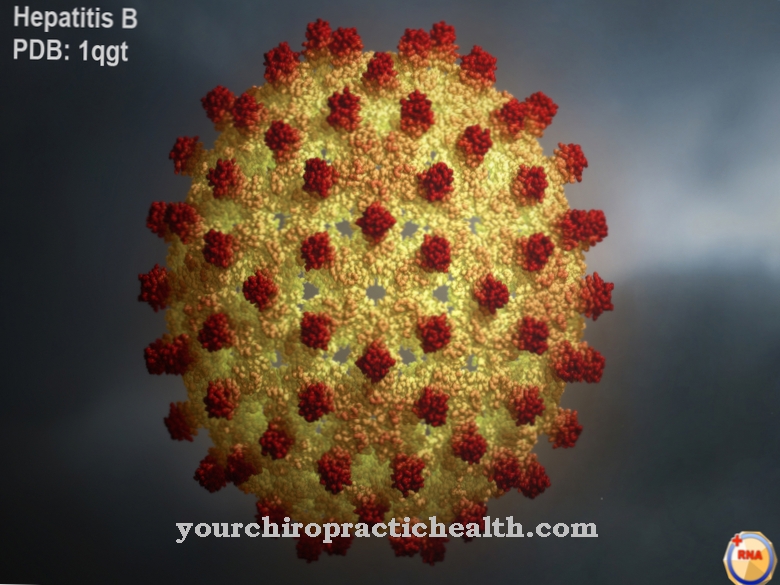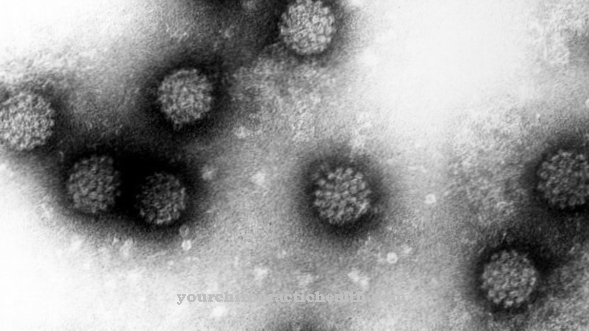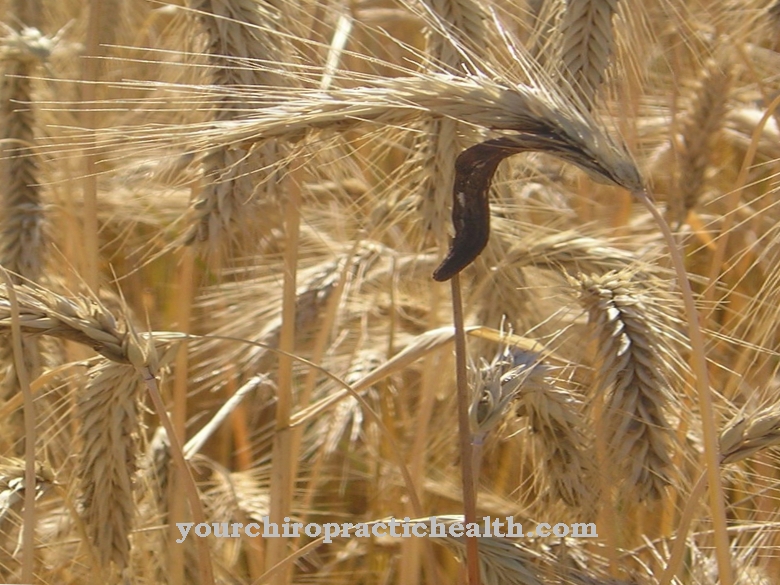Roundworms belong to the parasites. They enter the human body in order to feed on it. It is not your goal to kill the host concerned. They can still cause greater damage and should therefore be treated.
What the roundworm?
From a global perspective, dishworms are the most common pathogen in the area of worm infections. Children in particular are affected by the symptoms. Roundworms are part of the roundworm family. They are widespread in all regions around the world and accordingly also occur in German areas. A male roundworm can reach a length of up to 25 centimeters, female animals sometimes reach 40 centimeters.
Roundworms can not only feed on humans. Other organisms can also be used. Only reproduction takes place in the ultimate host. Each type of roundworm has a different final host. So some prefer humans, while others reproduce in dogs, pigs, or other living things. As a rule, worms of the genus Ascaris lumbricoides are diagnosed in humans. For Ascaris lumbricoides, humans are on the one hand the main host and on the other hand the ultimate host. In addition, other roundworms can survive in human organisms and cause physical discomfort.
Occurrence, Distribution & Properties
An infection with Ascaris lumbricoides is the most common worm disease worldwide. According to experts, around 760 million to 1.4 billion people are said to carry the pathogen. Infections are particularly common in Asia, South America and Africa. The roundworms succeed in reproducing more frequently, especially in slums and rural areas. Children who live in such regions have a 90 percent chance of being ill. In industrialized countries, however, the roundworm is rather rare. It should be carried by about one percent of the population. The number of illnesses in Central Europe has been falling continuously since the 1950s.
A roundworm that has reached sexual maturity prefers to live in the small intestine. It is pinkish-yellow in color and about the thickness of a pencil. Female groundworms manage to produce up to 200,000 eggs a day. The largest part is channeled out of the organism through the stool. The roundworm's eggs need a warm temperature of around 30 degrees for good development. The eggs can only infect another person or animal when they have developed further.
The eggs do not mature in the human body. Therefore, direct infection between people is not possible. The eggs only become infectious after two to six weeks. As larvae, for example, they can contaminate food or water. If the contaminated food is ingested, the larvae hatch in the organism. They pierce the wall of the small intestine and finally reach the liver through the veins. The roundworm then travels to the lungs. It passes through the right half of the heart.
As soon as the larvae are around 7 days old, they can break through the vascular system and settle in the alveoli. After the roundworms have shed their skin, they rise up the windpipe and trigger the host's swallowing reflex in the pharynx, which transports the roundworms into the stomach. The parasites enter the intestines from the stomach. Once in the small intestine, the worms continue to develop until they reach sexual maturity. A female roundworm begins egg production after 2 to 3 months. In total, such a worm can live up to 18 months.
Roundworms are increasingly found in regions with poor hygienic conditions. Moist soils and a high population density increase the risk of developing roundworms. Infection occurs after a roundworm's eggs get into the mouth. This means that they get into the body primarily through contaminated food. This includes, for example, fruit and vegetables that have been fertilized with faeces, undercooked meals, raw salads and drinking water. Children can also become infected through contact with floors, toys or dust.
Illnesses & ailments
Roundworms change their location in the human body during their development. The symptoms can usually be used to pinpoint the location of the roundworm. A short time after infection, no signs are usually noticeable, although the immune cells have already been activated.
When the worm reaches the lungs, the symptoms are increasing. This includes, for example, increased mucus production in the lungs. When infected, patients often suffer from a dry cough and reduced air supply. The bronchi show an irritated condition. Sometimes attacks resemble asthma and are accompanied by a fever. In children, roundworms can lead to inflammation in the lungs with life-threatening consequences.
In the intestine, the symptoms mainly depend on the number of worms. Individual roundworms are rarely noticeable. Occasional abdominal pain and nausea occur. If hundreds of worms colonize the intestine, those affected often suffer from constipation, colicky stomach pain and vomiting. If intestinal perforation occurs, rapid medical action is necessary. Symptoms usually appear earlier in children because their bowels are much narrower than in an adult.
Since roundworms impair digestion, some nutrients are not absorbed at all or only to a small extent by the body. This can lead to deficiency symptoms or weight loss.

























.jpg)


